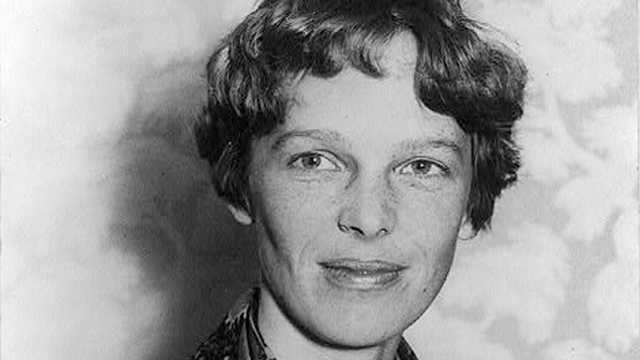On October 18, 1925, the Grand Ole Opry made its debut in Nashville, Tennessee, marking the beginning of a rich tradition in American music. Originally a radio program, the Grand Ole Opry has evolved into one of the most famous country music stages in the world, becoming synonymous with the genre itself and a cornerstone of Nashville’s identity as “Music City.”
The Origins of the Grand Ole Opry
The Grand Ole Opry began as a simple radio broadcast known as the “WSM Barn Dance.” It was initiated by the radio station WSM (We Shield Millions), which sought to entertain listeners with a mix of traditional country music, folk songs, and comedy acts. The program quickly gained popularity, and its lively performances drew in audiences both on-air and in person.
The name “Grand Ole Opry” was adopted in 1927, inspired by the “Grand Opera” performances that were popular at the time. The change in name reflected the show’s ambition to provide a platform for country music while maintaining a sense of prestige and professionalism.
The Venue and Performances
The original Grand Ole Opry performances took place in the studio of WSM, but as the show gained popularity, the need for a larger venue became apparent. In 1934, the Opry moved to the Ryman Auditorium, a historic theater in Nashville, where it remained for several decades. The Ryman became known as the “Mother Church of Country Music,” and its intimate setting allowed audiences to connect with the performers.
The Grand Ole Opry featured a mix of established artists and emerging talents, showcasing a wide range of musical styles, including bluegrass, gospel, and folk. Legendary performers such as Hank Williams, Johnny Cash, and Dolly Parton graced the stage, helping to elevate country music’s status and broaden its appeal.
A Cultural Phenomenon
As the Grand Ole Opry continued to grow, it became a cultural phenomenon that played a vital role in shaping the identity of country music in the United States. The Opry’s weekly performances were broadcast nationally, allowing listeners from coast to coast to experience the magic of live country music. The show introduced audiences to a variety of artists and showcased the diversity of the genre.
In addition to its musical contributions, the Grand Ole Opry has been a platform for storytelling and community. Many performances included humorous anecdotes, heartfelt stories, and personal reflections, allowing artists to connect with their audience on a deeper level. The Opry became a space where traditions were celebrated, and new music was introduced, fostering a sense of belonging among fans and performers alike.
Transition to the Grand Ole Opry House
In 1974, the Grand Ole Opry moved to its current home, the Grand Ole Opry House, located just outside downtown Nashville. The new venue was specifically designed to accommodate the growing audience and to provide state-of-the-art facilities for performers. The Grand Ole Opry House has since become an iconic landmark, hosting not only Opry performances but also a variety of other concerts, events, and television specials.
The Legacy of the Grand Ole Opry
Today, the Grand Ole Opry stands as a symbol of country music’s heritage and evolution. It continues to showcase both legendary artists and rising stars, remaining a vital force in the music industry. The Opry’s influence extends beyond Nashville, with tours and performances reaching audiences around the world.
The Grand Ole Opry has adapted to changing times while preserving its roots, celebrating the rich traditions of country music while embracing contemporary influences. It has served as a launching pad for countless artists and has been instrumental in promoting the genre on a global scale.
Conclusion
The opening of the Grand Ole Opry on October 18, 1925, marked a significant milestone in the history of American music. From its humble beginnings as a radio broadcast to its evolution into a world-renowned venue, the Grand Ole Opry has played a crucial role in shaping the landscape of country music. It continues to inspire generations of artists and audiences, serving as a testament to the power of music to bring people together and create lasting memories. As we celebrate its legacy, the Grand Ole Opry remains a cherished institution in the heart of Nashville and a beloved symbol of American culture.







What do you think?
Show comments / Leave a comment